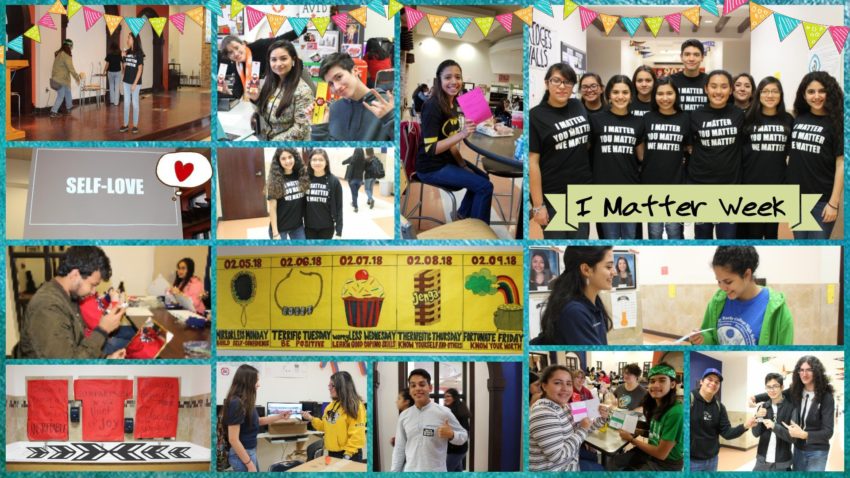
Share On Social!
A group of students from Brownsville Early College High School in Brownsville, Texas, worried how Latinos are less likely to report and seek care for mental health issues.
The students wanted to help.
So, as part of a national competition, the Brownsville students researched mental illness, observed its impact on their campus, surveyed their peers, and crafted their own 10 ideas how schools can meet students’ mental health needs.
Now their effort has won them the Big Problems Big Ideas Challenge sponsored by the Taylor Wilson Thompson Family Foundation to address childhood issues.
The award gives them $3,000 to continue their efforts in mental health.
“As a predominately Hispanic population in times of struggle, we feel like we are one step closer to making an impact towards a happier and healthier community,” said Ilse Mascarro, one of the students who is part of the Sociedad Honoraria Hispánica program at Brownsville Early College High School, according to a news release.
The 10 Big Ideas from Brownsville students
Here is the list, according to a news release:

campaign for mental health awareness (via @Bechsshh16 on Twitter).
1. The use of Artificial Intelligence and technological applications that generate personalized mental health assessments to discuss with a therapist. These applications can alert teachers and parents when a student’s mood changes.
2. Graphically tracking students’ mood and behavior over time and work with school personnel in sharing changes they see in student behavior.
3. Educating students and parents through seminars offered at school and throughout the community about mental health awareness and strategies for addressing student health concerns.
4. Providing specialized services to teachers, administrators and students within the school setting that will help identify risk factors and warning signs of mental health challenges common to adolescents.
5. Providing ongoing training for all school personnel, including ancillary and school employees.
6. Maintaining a healthy school and social environment that supports students who might be suffering from mental illness or may feel alone and not supported.
7. Instituting school-wide and community-wide campaigns that assist in the understanding and acceptance of adolescent mental illness.
8. Increase the number of mental health professionals in school and train teachers and counselors how to assess, identify and assist with students who may be having mental health challenges.
9. Centralize school efforts designed to assist students who are having problems to coordinate the school’s mental health assistance efforts better.
10. Create different platforms that will assist students that includes coordination of resources throughout the entire community.
The students also pointed out that many Latinos are unaware of potential solutions to aid those suffering, and mental health stigma remains.
Future Plans
Fortunately, the students plan to apply what they’ve learned.
“Applying the learnings from their experiences, and the knowledge of other students’ concerns, along with the expertise of teachers and mental health professionals, will be the catalyst for resolving their big problem,” according to the news release.
Shirley Munoz, a Spanish teacher who assisted the Brownsville students who are part of the Sociedad Honoraria Hispánica program, said they have great potential to make an impact for Latinos and mental health.
“I know [my students] are intelligent enough to see a need in our country and form an educated opinion and even a solution,” Munoz said in the news release. “All they need is a platform to voice their opinion and demonstrate their concerns through a positive outlet. Big Problems Big Ideas was that platform.”
By The Numbers
142
Percent
Expected rise in Latino cancer cases in coming years



